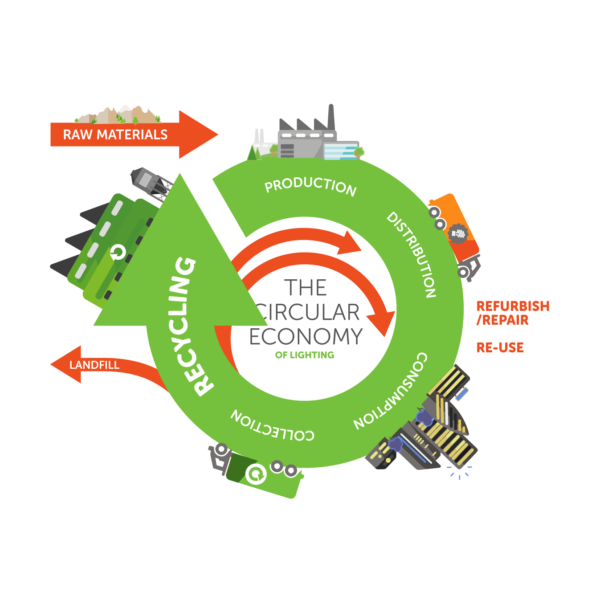
The lighting industry and the Circular Economy
Much is being published promoting Circular Economy principles of greater resource efficiency, but how does this impact the lighting industry?

Much is being published promoting Circular Economy principles of greater resource efficiency, but how does this impact the lighting industry?
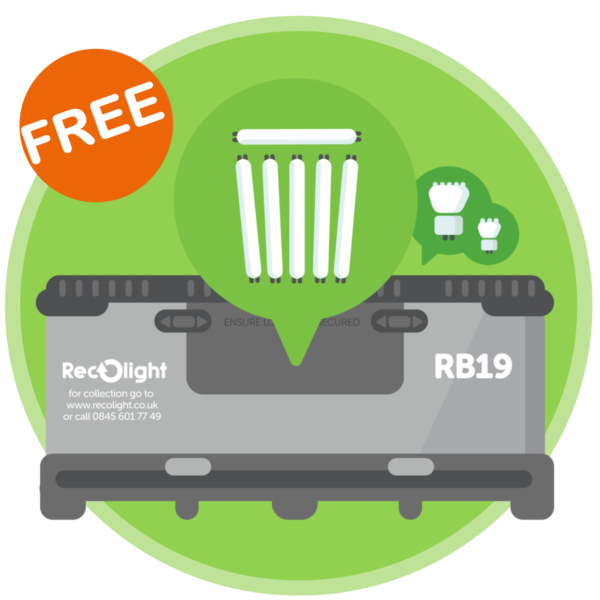
WEEE compliance explained and why lamp recycling should be free.
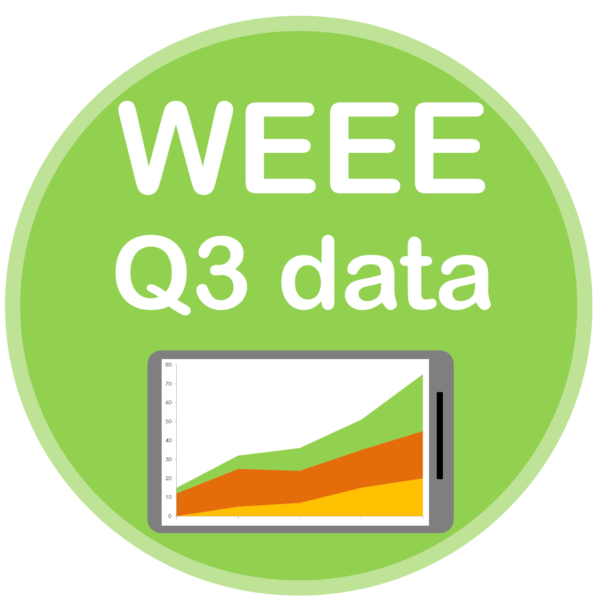
The latest lamp recycling data was released by the Environment Agency at the end of November. This shows that 4141
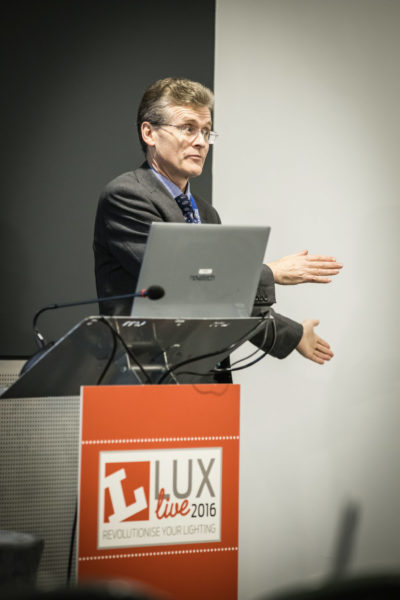
Nigel Harvey, Recolight CEO gave an overview of the possible impact of Brexit on the UK environmental legislation that affects
Recolight will be exhibiting at LuxLive 2016, ExCel London 23 to 24 November. The company will be highlighting the expansion
Most Local Authority household waste recycling centres collect WEEE. And under WEEE regulation 34, a Local Authority can require any
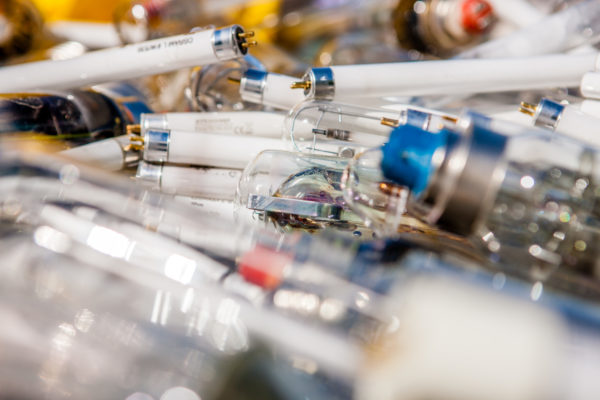
Recolight currently collects waste lamps from a significant proportion of the UK’s Household Waste Recycling Centres (HWRCs). The company is
Recolight will be at the RWM exhibition in Birmingham in September, to encourage all visitors to benefit from free lamp recycling services.
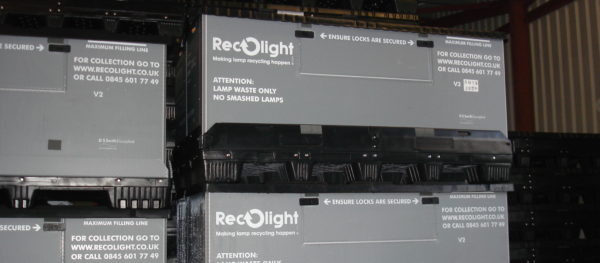
Breakage of waste lamps, either when they are placed in a container, or during transport, is probably the biggest source
Recolight reviews five years of WEEE growth CEO calls for free lamp recycling for all collectors of waste lamps. Recolight,
Recolight is expanding its lamp recycling service by lowering the threshold companies need to meet to qualify for free of
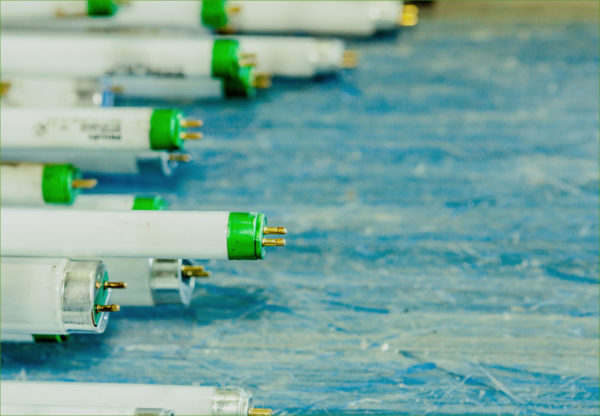
A higher Government lamp WEEE target for 2016 means most Waste Management and Facilities Management companies should be able to